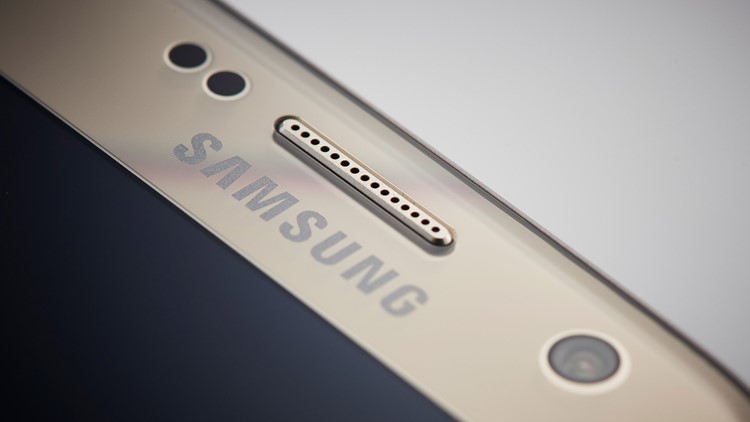5G is already here, but you can’t do much to access those super-fast speeds unless you live in a specific place with a particular piece of technology. That’s about to change.
Samsung and Verizon (VZ) jointly announced Monday the companies would sell a 5G smartphone in the first half of 2019. Although they didn’t say which phone would support 5G, Samsung usually announces its latest Galaxy S smartphone in the spring.
The mystery phone may not be the first 5G smartphone to hit the market. Unsure of other companies’ plans, Verizon and Samsung hedged by saying it would be “one of the first.” But Samsung is by far the largest smartphone maker in the world, and its decision to launch a 5G smartphone means the rest of the market won’t lag far behind. If smartphone companies want to stay competitive in the coming years, 5G will soon be a must-have.
That still doesn’t solve the problem of network availability. Verizon’s 5G network currently exists in only a small handful of cities. AT&T (T) also has 5G networks up and running in just seven cities. Sprint (S) and T-Mobile (TMUS) lag behind. Verizon and AT&T lack specific rollout plans or time frames, but they plan to bring many more cities online in 2019 and 2020. (CNN is owned by AT&T.)
Although 5G may not be much of a selling point now, it will be once it’s pervasive enough. 5G promises much faster speeds than 4G. How much faster is up for debate (Verizon says “many times faster”), but lab tests have yielded speeds up to 100 times faster than 4G. When millions of people are on the network, though, that tends to slow speeds down a bit. Industry estimates put 5G at around 10 times faster than 4G in real-life scenarios.
That’s where 5G’s ultra-low latency technology really comes in handy. Today’s networks take a split second to send and receive communications between your smartphone and the network. A split second isn’t much, but your phone could make dozens of request each time you tap on your screen. 5G gets that network communication time down to virtually zero.
5G is exciting technology for smartphone owners, but it’s potentially much more important for broadband customers and businesses.
Verizon already sells 5G home internet service as a replacement for wired internet connections for homes — it even comes with free YouTube TV as a throw-in. 5G potentially allows companies like Verizon and AT&T to become broadband competitors in every city — something they were unable to do with FiOS and U-Verse.
5G’s low latency can allow self-driving cars to process all the information they need to make life-or-death decisions in the blink of an eye. And the health care industry believes 5G could help power the next generation of telemedicine and robotic surgeries.
Before all of that can happen, however, wireless companies have tens of billions of dollars worth of infrastructure to upgrade.
That’s a big commitment, but they’ve made good on their promises before. For example, Verizon also offered the world’s first 4G smartphone, the HTC Thunderbolt, which debuted in March 2011. It similarly could only be used in certain areas as Verizon built out its 4G network, and the world collectively rolled its eyes. Yet other smartphone manufacturers quickly followed suit, and 4G modems became standard equipment on smartphones by the end of 2011.



